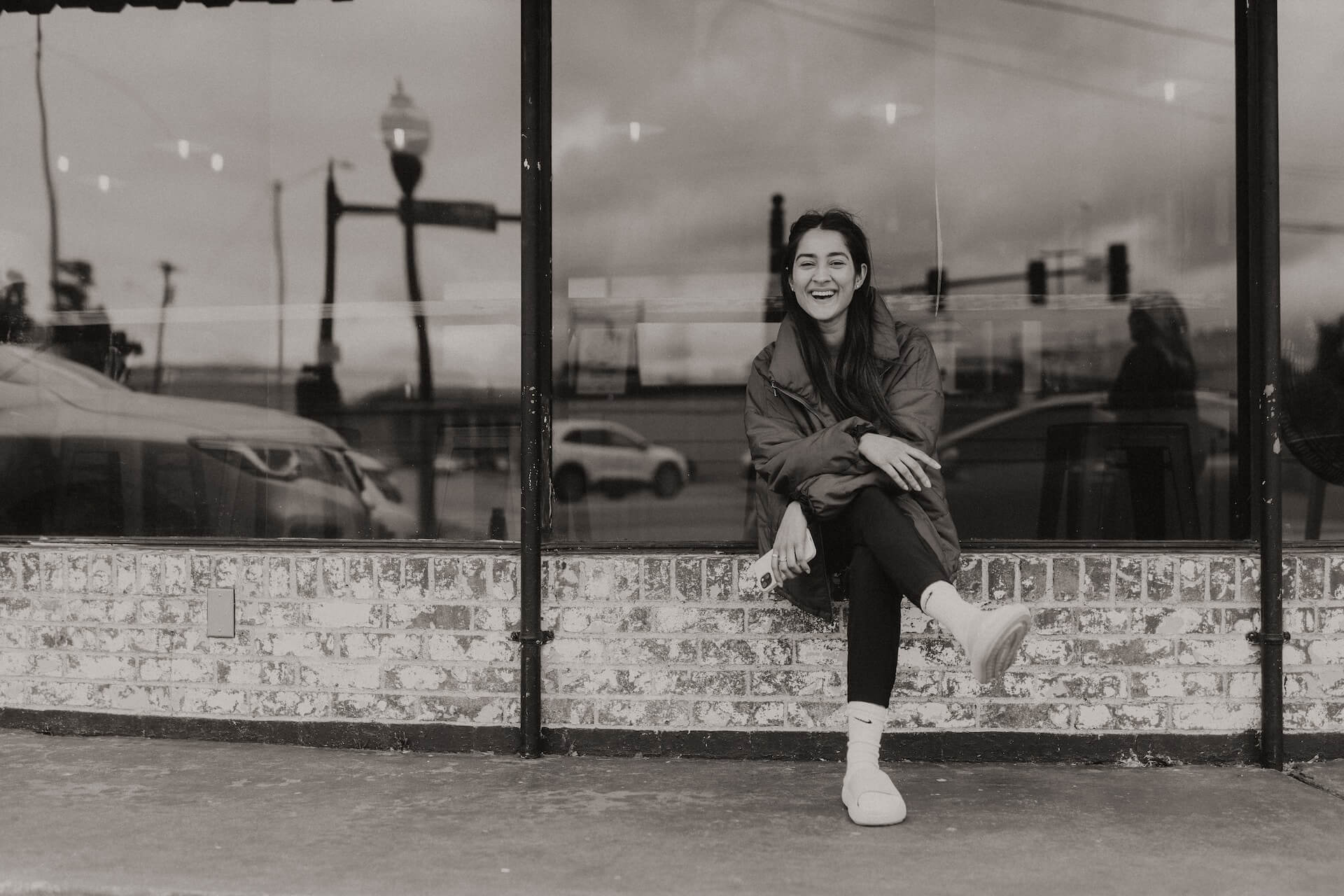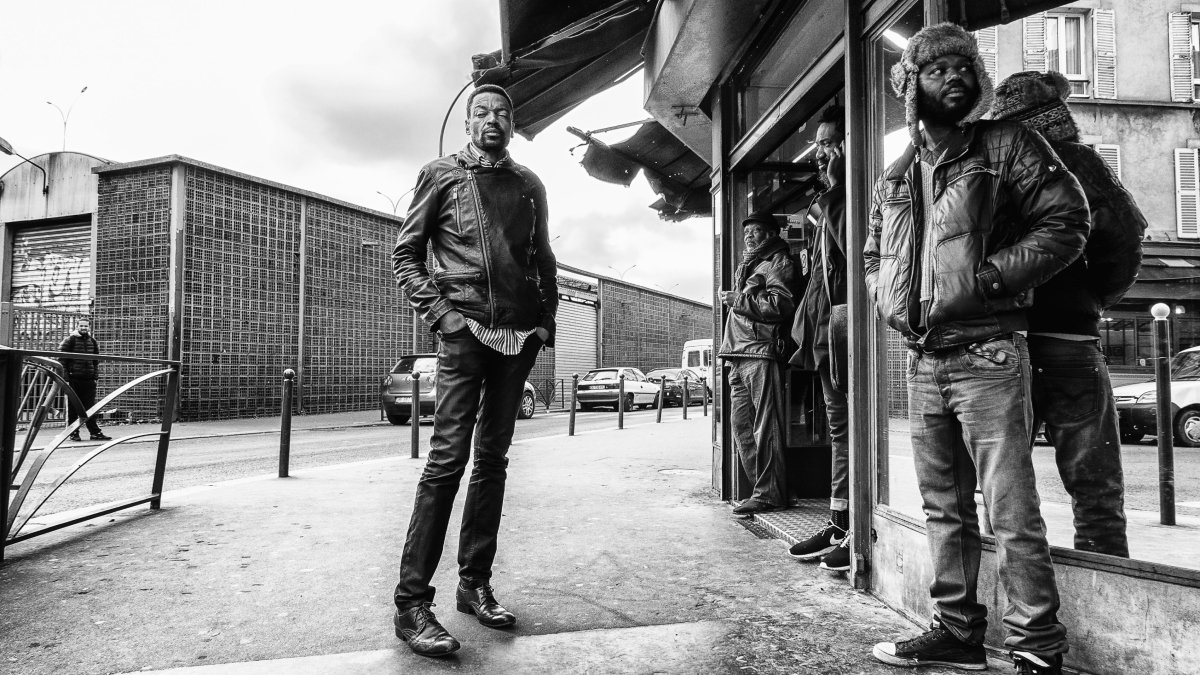The Delicate Dance: Achieving Balance in Street photography
Street photography, at its core, is about capturing the raw, unscripted moments of everyday life. It’s a visual exploration of humanity within the urban landscape, a pursuit that demands not just a keen eye but a deep understanding of composition, timing, and, crucially, balance. Achieving balance in street photography isn’t merely about aesthetic appeal; it’s about creating images that resonate, that feel complete, and that tell a compelling story. This article delves into the multifaceted concept of balance in street photography, exploring its various dimensions and providing practical insights for photographers seeking to elevate their work.
Understanding the Essence of Balance
Balance, in visual terms, refers to the distribution of visual weight within a frame. It’s about creating a sense of equilibrium, preventing the image from feeling lopsided or chaotic. In street photography, where the scene is often unpredictable and rapidly evolving, achieving this balance can be particularly challenging. However, it’s precisely this challenge that makes the pursuit so rewarding.

Types of Balance in Street Photography
Balance isn’t a monolithic concept. It manifests in various forms, each contributing to the overall harmony of an image.
Symmetrical Balance
Symmetry, a classic form of balance, is achieved when elements within the frame are mirrored across a central axis. This can be found in architectural details, reflections, or even the arrangement of people within a scene. Symmetrical compositions often convey a sense of order, stability, and formality.
Architectural Symmetry: Capturing buildings with perfectly aligned facades or reflections in symmetrical puddles can create striking symmetrical images.
Asymmetrical Balance

Asymmetrical balance, in contrast, involves distributing visual weight unevenly across the frame. This type of balance is often more dynamic and visually engaging, creating a sense of tension and movement. It relies on the interplay of elements with varying visual weight, such as size, color, and texture.
Balancing Subject and Background: A small, brightly colored subject placed off-center can be balanced by a larger, more subdued background element.
Conceptual Balance
Beyond the visual, street photography can also achieve balance on a conceptual level. This involves balancing contrasting ideas, emotions, or narratives within the frame.
Juxtaposition of Old and New: Capturing a historic building juxtaposed with a modern advertisement can create a conceptual balance between past and present.
Balance Through Negative Space

Negative space, the empty areas surrounding the subject, plays a crucial role in creating visual balance. It provides breathing room, allowing the subject to stand out and preventing the image from feeling cluttered.
Using Sky or Pavement: A subject placed against a vast expanse of sky or a clean stretch of pavement can create a powerful sense of isolation and balance.
Techniques for Achieving Balance
Achieving balance in street photography requires a combination of observation, anticipation, and technical skill.
Mastering Compositional Rules
Understanding and applying compositional rules, such as the rule of thirds, leading lines, and framing, can help create balanced and visually appealing images.
Rule of Thirds: Placing subjects at the intersections of the rule of thirds grid can create a more dynamic and balanced composition.
Anticipating Moments
Street photography is about capturing fleeting moments. Anticipating potential moments and positioning oneself strategically can increase the chances of capturing a balanced composition.
Observing Patterns: Recognizing recurring patterns in human behavior or urban environments can help anticipate potential moments.
Using Light and Shadow Effectively
Light and shadow play a crucial role in creating visual weight and balance. Understanding how light interacts with the scene and using it effectively can enhance the overall composition.
Controlling Contrast: Using light and shadow to create contrast can highlight specific elements and create a sense of balance.
Post-Processing for Balance
Post-processing can be used to fine-tune the balance of an image. Cropping, adjusting exposure, and manipulating colors can all contribute to creating a more balanced composition.
Cropping for Balance: Cropping the image to remove distracting elements or to reposition the subject can improve the overall balance.
The Importance of Intentional Imbalance
While balance is generally desirable in street photography, there are times when intentional imbalance can be a powerful tool. Creating a sense of unease or tension can be used to convey specific emotions or narratives.
Creating Tension
An intentionally unbalanced composition can create a sense of tension and anticipation, drawing the viewer’s attention to the potential for something to happen.
Expressing Discomfort
An unbalanced composition can also be used to express feelings of discomfort, anxiety, or alienation.
Highlighting Movement
A subject moving towards the edge of an unbalanced frame can emphasize the sense of motion and dynamism.
Conclusion: The Ongoing Pursuit of Equilibrium
Achieving balance in street photography is an ongoing pursuit, a delicate dance between observation, anticipation, and technical skill. It’s about understanding the interplay of visual elements, anticipating fleeting moments, and using light and shadow to create compelling narratives. By mastering the various forms of balance and understanding when to embrace intentional imbalance, street photographers can elevate their work and create images that resonate with viewers on a deeper level. Ultimately, the quest for balance in street photography is a reflection of the inherent harmony and chaos of the urban landscape, a constant negotiation between order and spontaneity.
